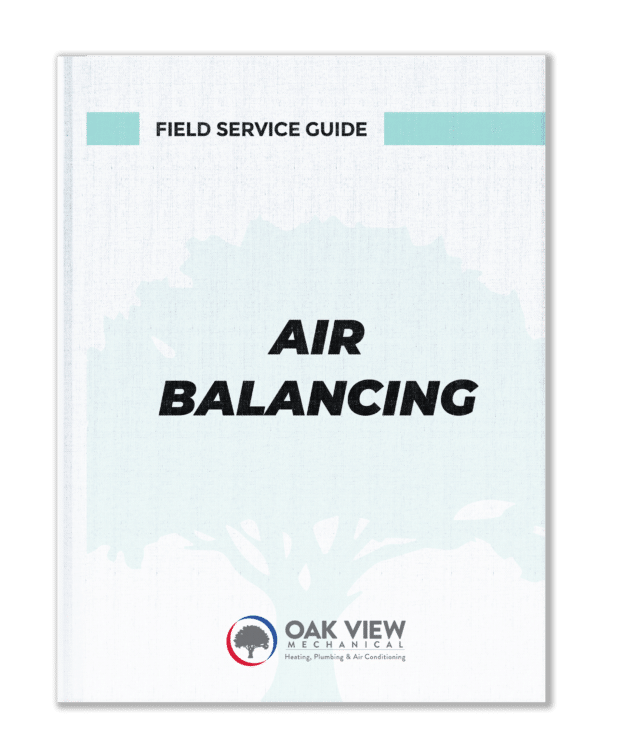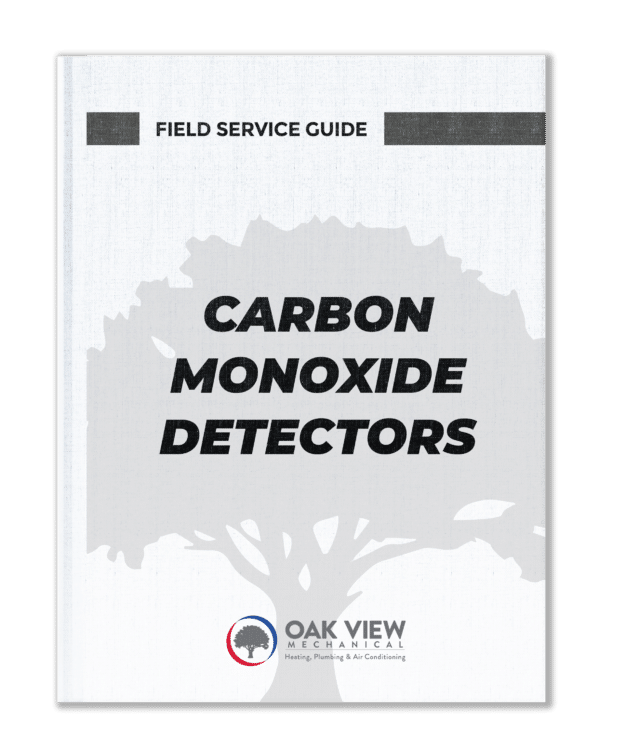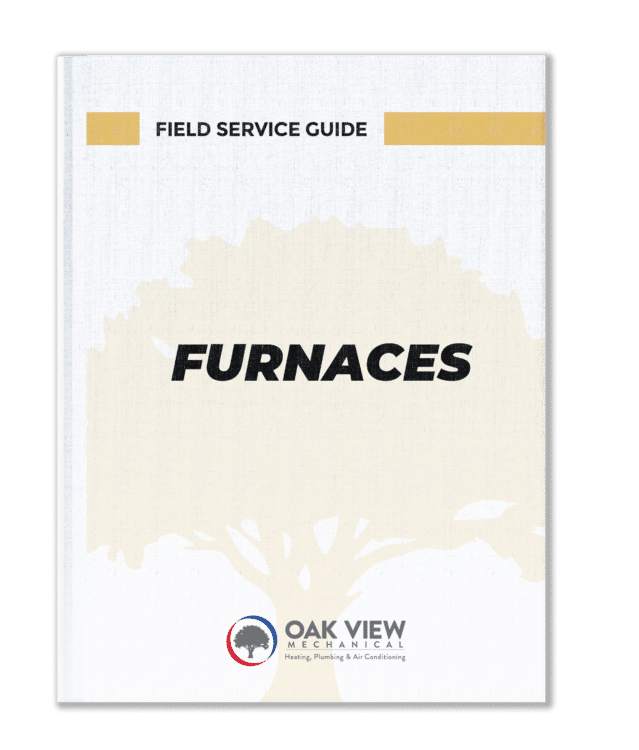The SEER Rating (Seasonal Energy Efficiency Ratio) is an efficiency rating taking into account the typical cooling output divided by the total electric energy input. The higher an air conditioner unit’s SEER rating, the more efficient it is.
However, there are a number of factors to take into account when determining whether to replace your current air conditioner with a higher SEER rated AC unit.
A 13 SEER AC unit will keep your home at the same temperature as a higher rated unit, such as a 16 SEER AC unit. It is actually the thermal rating on your home that can play a much bigger part in lowering utility consumption. (Thermal ratings can be improved by installing Low E Windows, Solar Screens, or Attic Exhaust Fans and double insulating your ceiling).
DON’T BE FOOLED! Most manufacturers tell you that their A/C units are rated as 14, 16, or greater SEER, but that is the maximum energy efficiency that might be achieved, provided the A/C, Coil and Furnace are matched.
The AHRI (Air Conditioning, Heating & Refrigeration Institute) independently assesses various Furnace, Coil & A/C Unit combinations, to determine the resulting SEER rating. To truly know what SEER rating you might achieve you can go to www.ahrinet.org. An AHRI rating can be found for most Manufacturer combinations, and a few alternate equipment matches.
Submitting an AHRI certificate is a requirement of some rebate programs in order to receive the rebate incentive. The certificate verifies the efficiency level of the installed equipment. It also provides energy savings information for EM&V (Evaluation, Measurement and Verification), Department of Energy and support documentation if audited. Getting a true 16 SEER rating may involve upgrades to the Coil and the Furnace in addition to installing the higher SEER Air Conditioner.
While a higher SEER AC Unit will save you money over years, doing the math is often the best way to determine which is best for your situation. How long do you plan on staying in your current home? If it is less than 5 years, getting a return on your investment in a higher SEER air conditioner may not be likely.
Do the math. Take the BTUs divided by the SEER and then divide that by 1000 to see how many Kwh consumed each hour. Then multiply that by hours of operation annually and finally by cost of Kwh for that particular unit. Below we have done the math for a 13SEER AC Unit versus a 16SEER Unit.
6000 BTU ÷ 13 SEER = 2769 Watts | 2769 ÷ 1000 = 2.8Kwh | 2500Hours x 2.8Kwh = 7000Kwh | 7000Kwh x .147 (cost of Kwh) = $1029/ annual
36000 BTU ÷ 16 SEER = 2250 Watts| 2250 ÷ 1000 = 2.25Kwh | 2500Hours x 2.25 Kwh = 5625 Kwh | 5625 x .147 (cost of Kwh) = $ 827/ annual
$1029 – $827 = $202
For comparison purposes, let’s assume the cost of the 13SEER air conditioner is $4200 and the16 SEER air conditioner is $6000.
$6000 – $4200 = $1800
$1800 ÷ $202 = 8.9/ years
In this particular situation, it would take almost 9 years to recoup your investment on the higher SEER rating.
Periodically, Utility Companies and Air Conditioner Manufacturers will have Energy Credits or Manufacturer Rebates available, which may alter your overall costs, and ultimately the number of years to recoup your investment. Always ask if any of these options are available, so that you can make a fully informed decision.
Though the higher SEER units are more efficient and deliver energy savings, determining the right SEER AC unit for your situation simply comes down to determining how long before you see the savings versus the initial cost.











